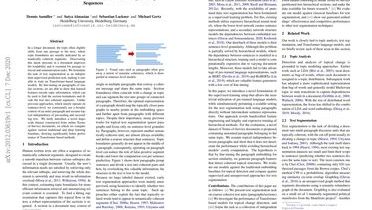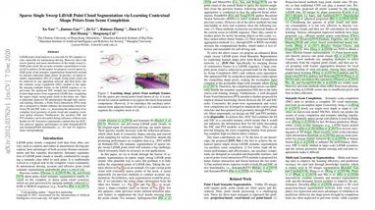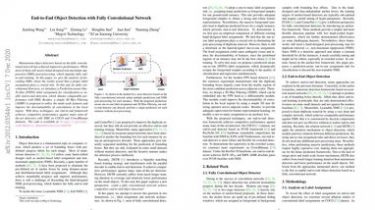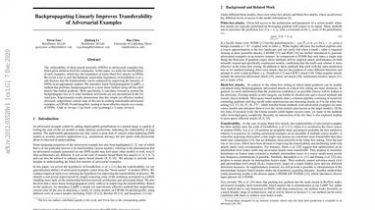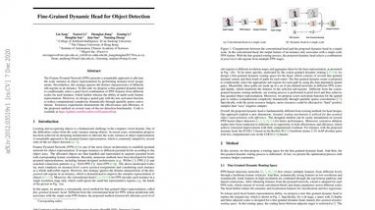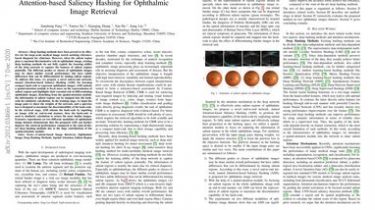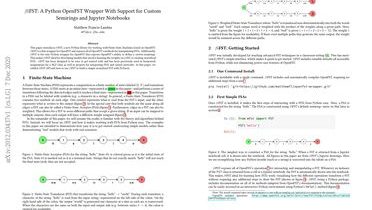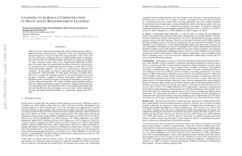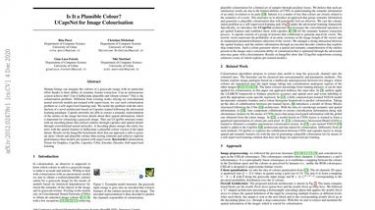Topical Change Detection in Documents via Embeddings of Long Sequences
In a longer document, the topic often slightly shifts from one passage to the next, where topic boundaries are usually indicated by semantically coherent segments. Discovering this latent structure in a document improves the readability and is essential for passage retrieval and summarization tasks… We formulate the task of text segmentation as an independent supervised prediction task, making it suitable to train on Transformer-based language models. By fine-tuning on paragraphs of similar sections, we are able to show that learned […]
Read more